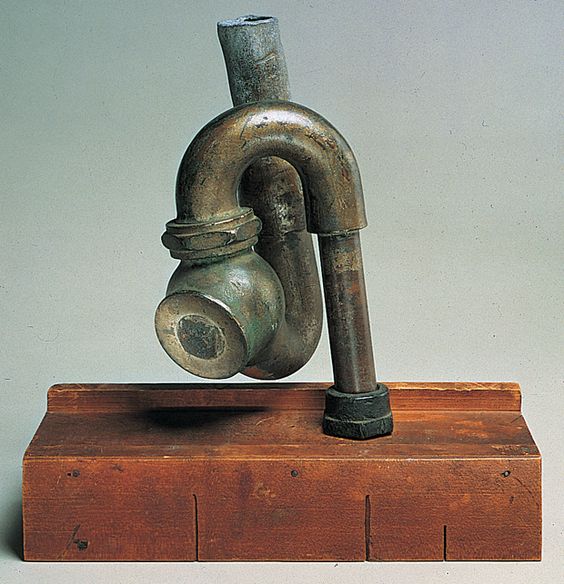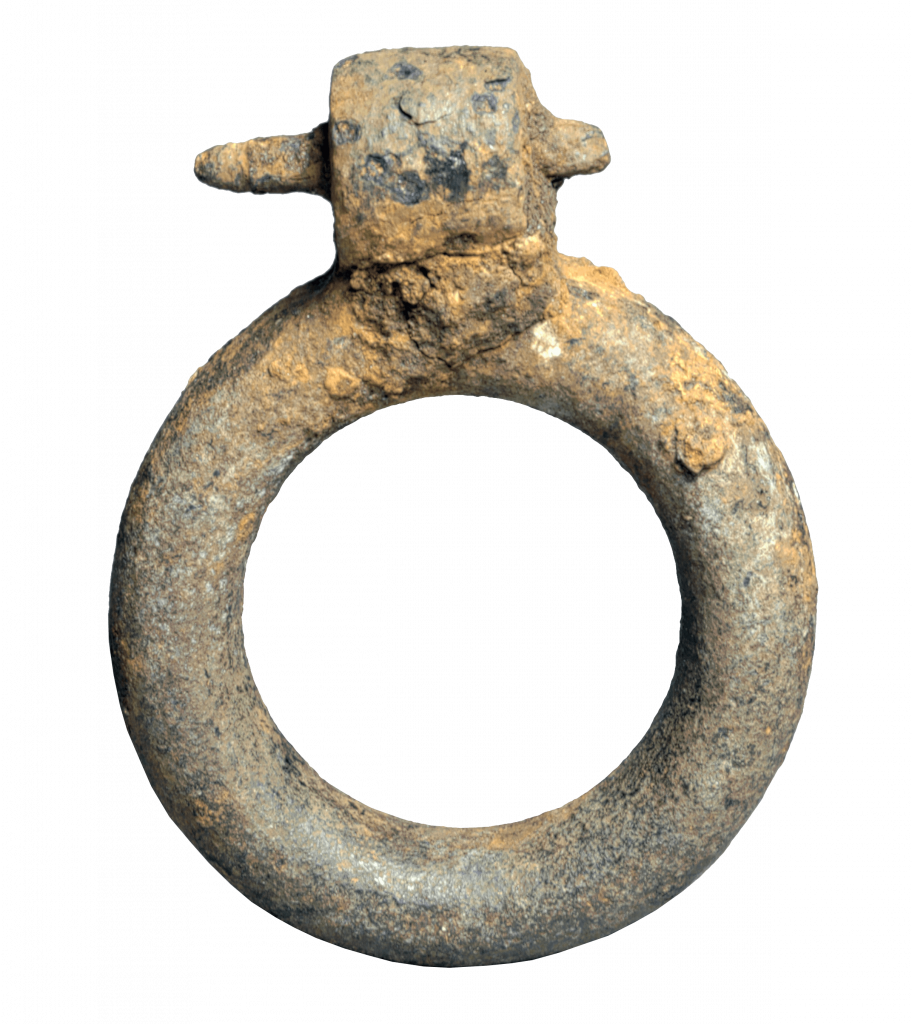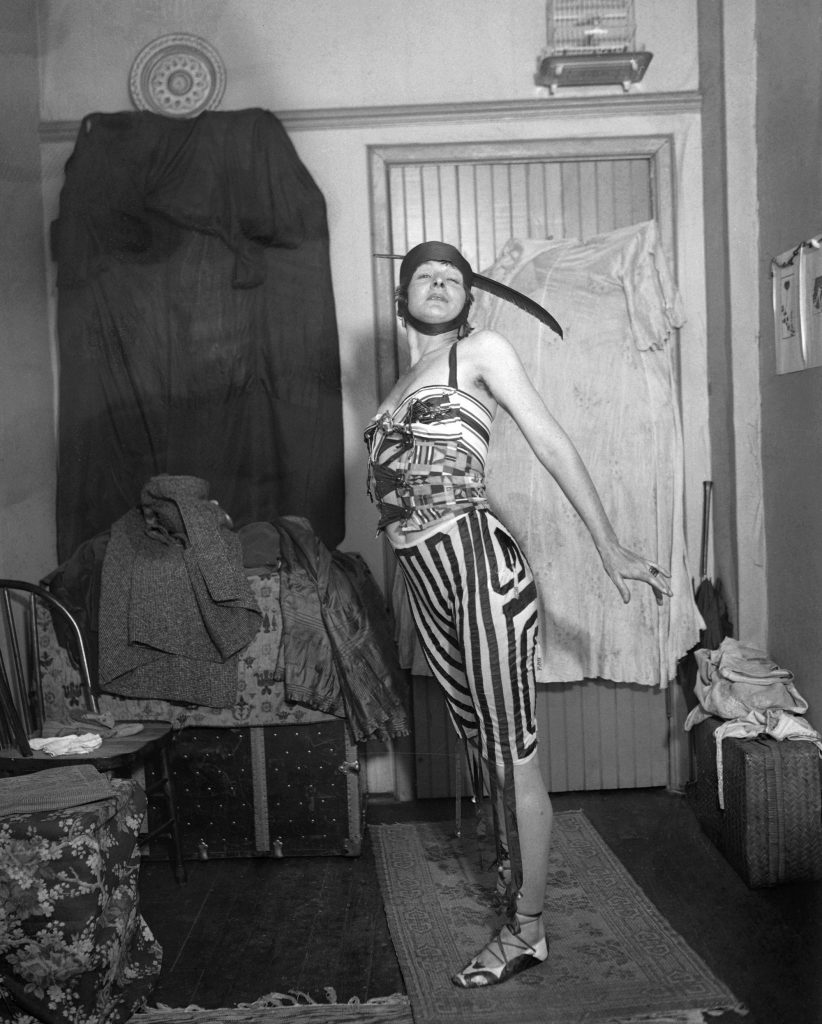
When doing art history one always get Duchamp’s Fountain (1917) projected into your face, likely because it’s designed to be interactive. However, the work of this era I have always favoured and that rather blew my seventeen year old mind was God (1917) by Morton Livingston Schamberg and Elsa von Freytag-Loringhoven. It is an example of readymade art, a term coined by Marcel Duchamp in 1915 to describe his found objects. God is a 10½ inch high cast iron sink u-bend turned upside down and mounted on a wooden mitre box.

The year is 1913 and Elsa Endell, kaleidoscopic performance artist and poet is on her way to New York’s city hall for her third marriage, this time to a German Baron named Leopold von Freytag-Loringhoven. En route, Elsa spots a rusted iron ring. To Elsa this street trash was a totem of her marriage to be, and in an act marking a new era in the definition of ‘art’ — Elsa called this found object an artwork.

Elsa von Freytag-Loringhoven was not credited with the shattering of artistic tradition. A year later, Elsa’s close friend Marcel Duchamp would showcase Bottle Rack — a found object he claimed as a new category of art, the ‘readymade.’